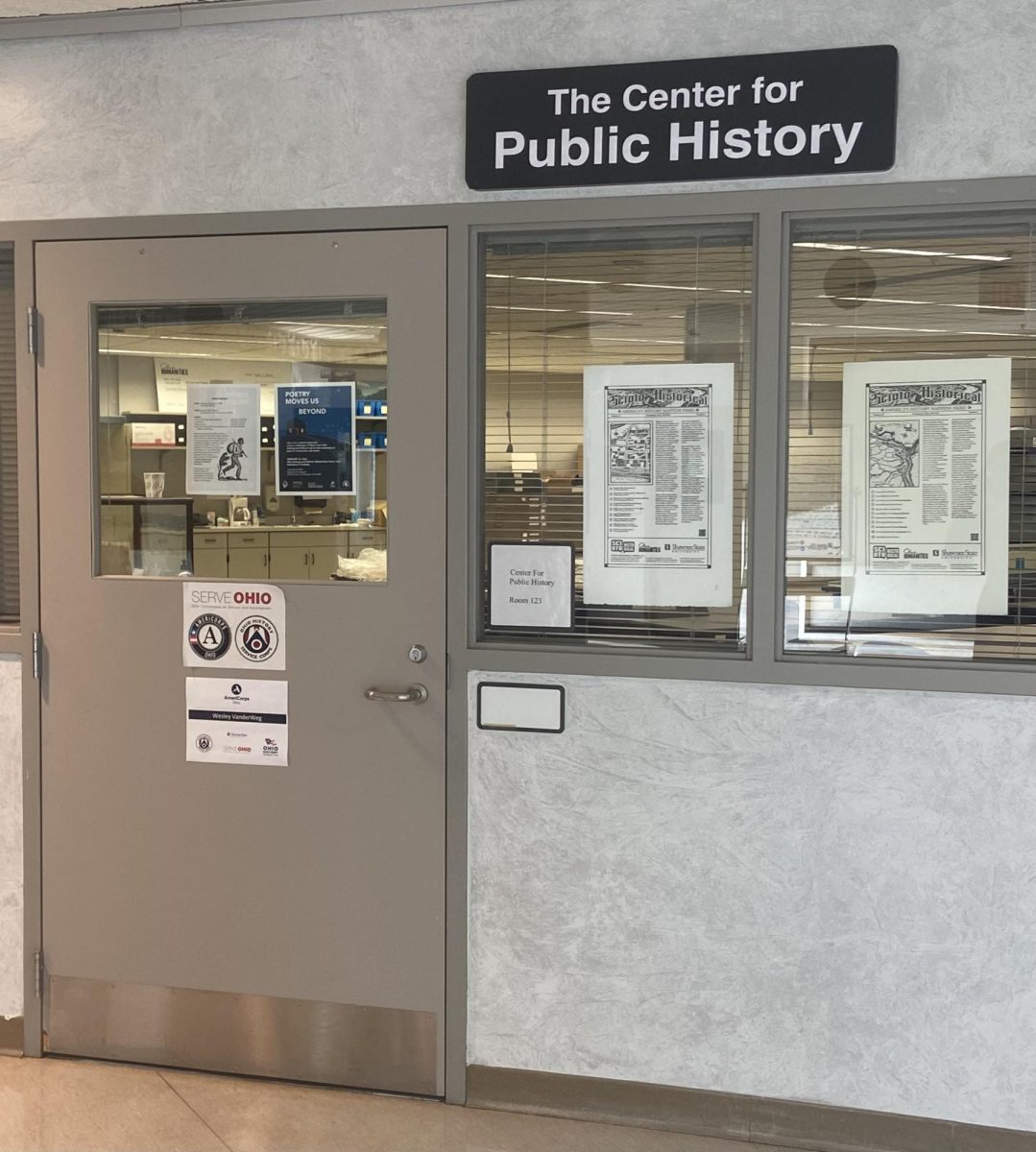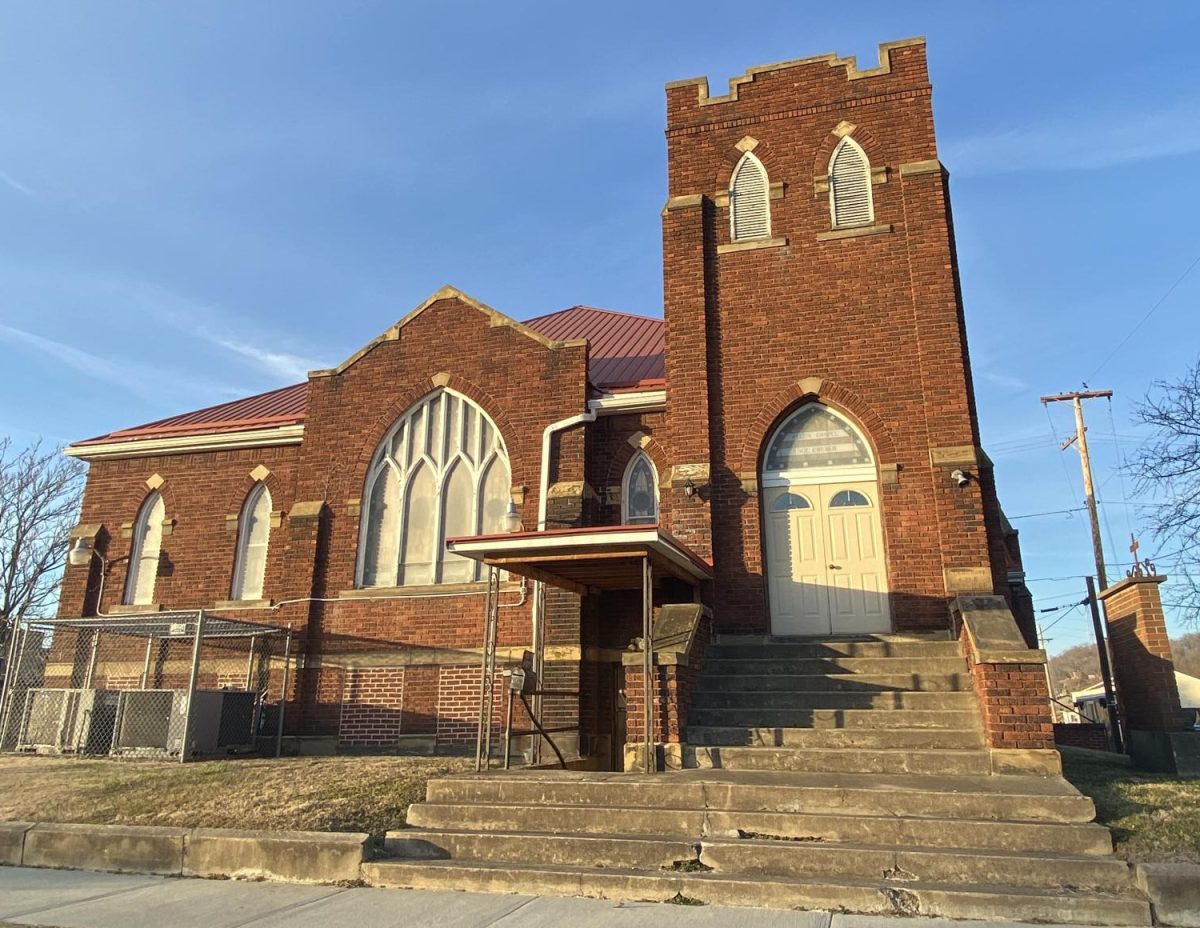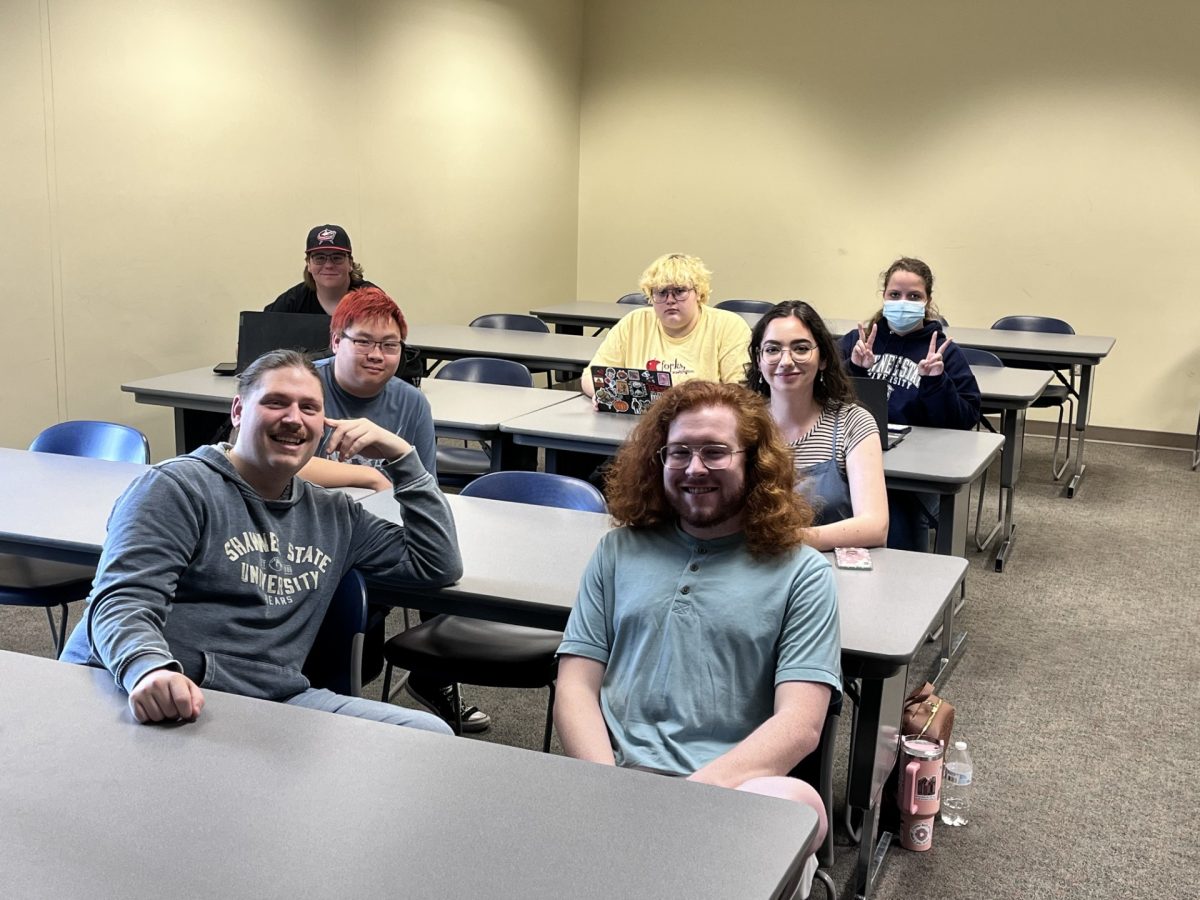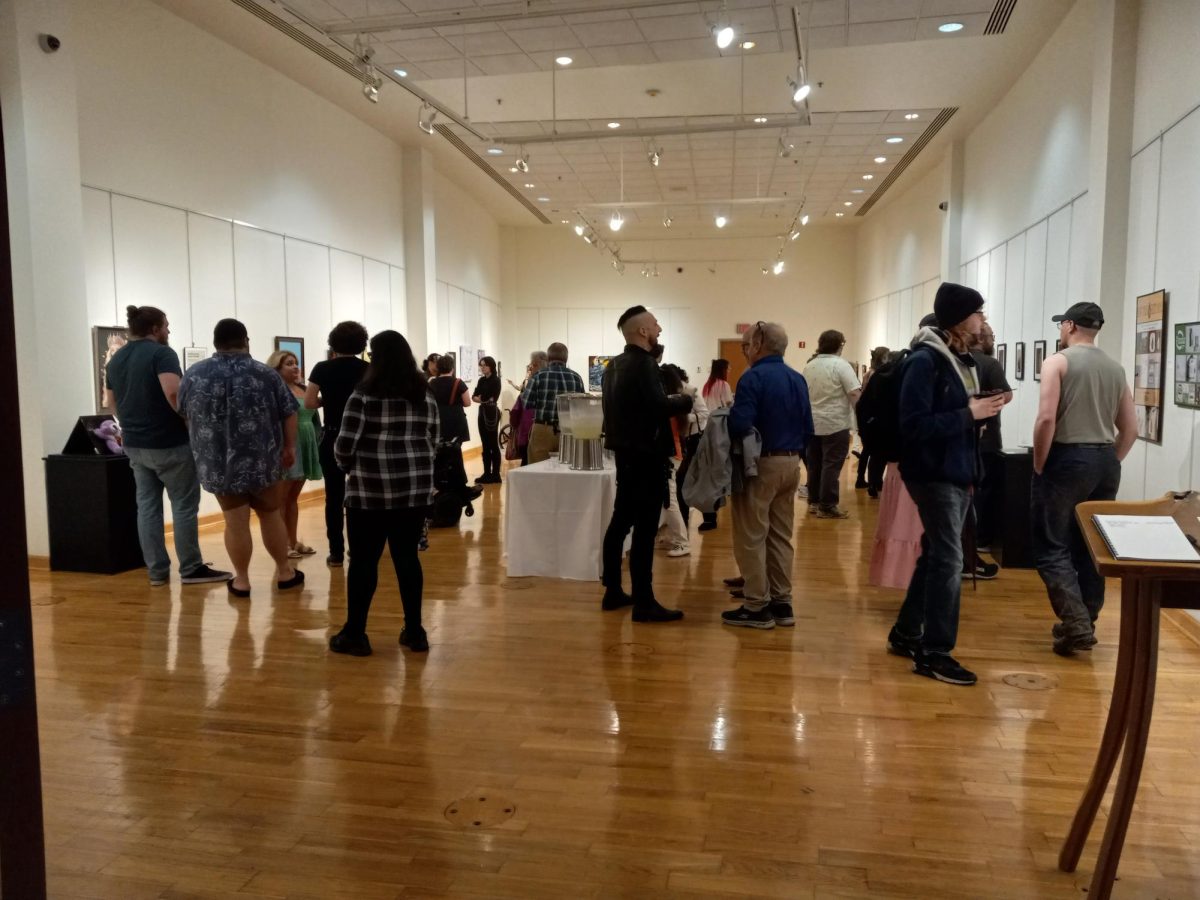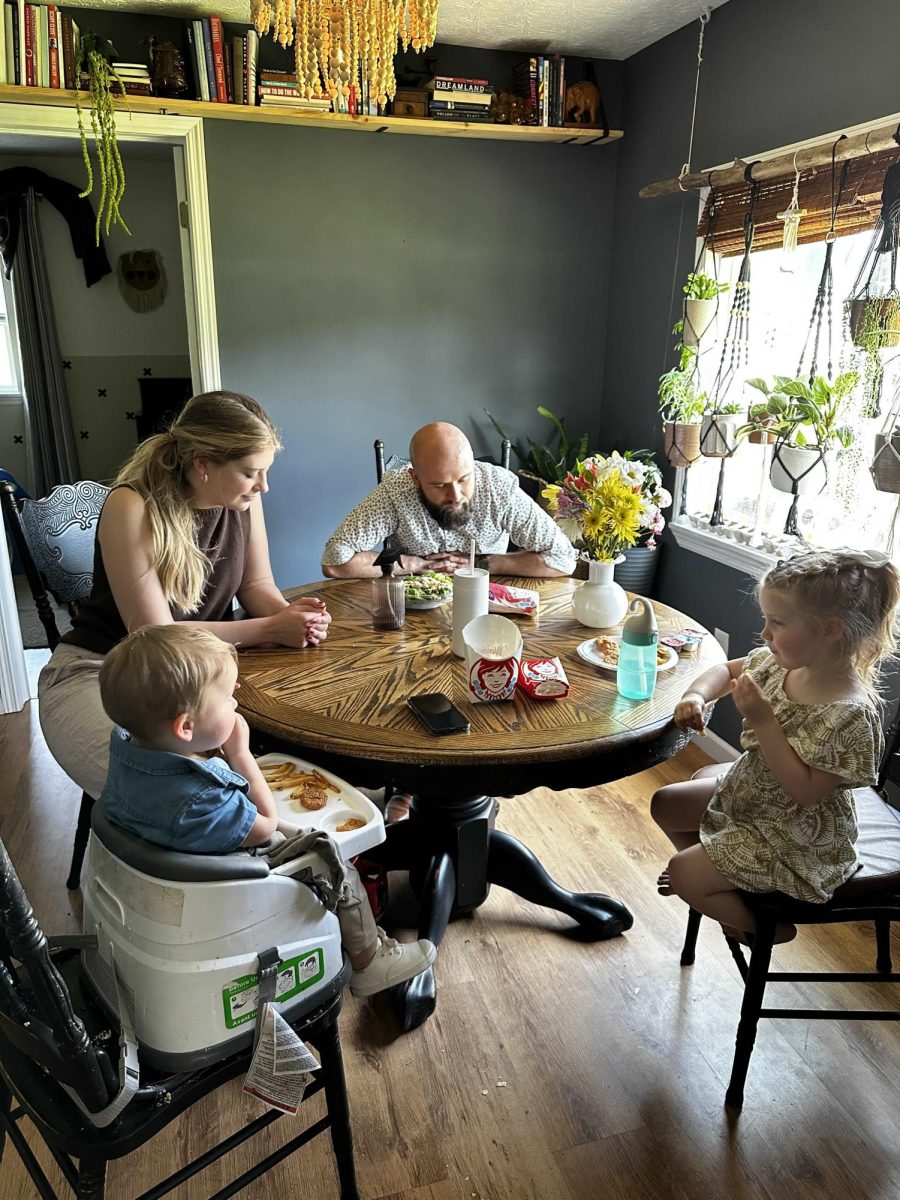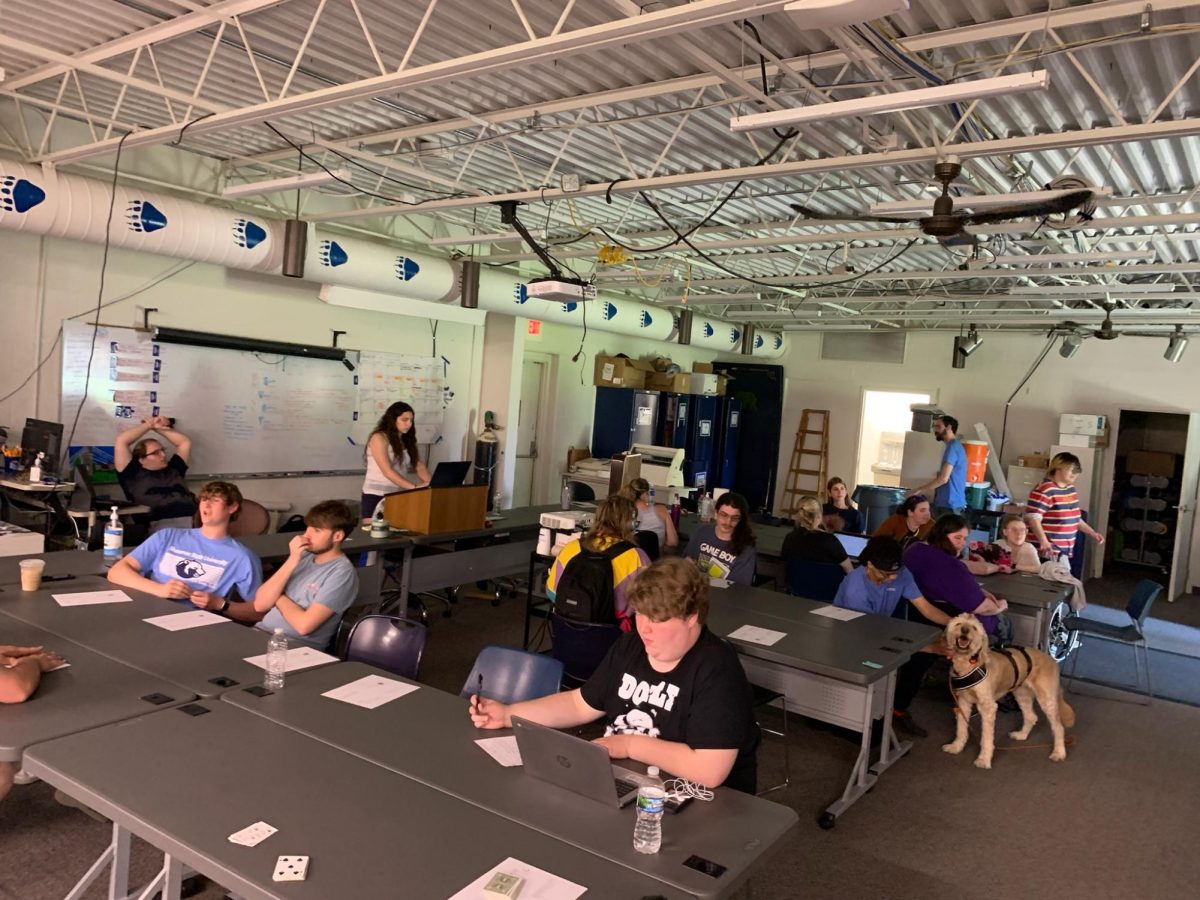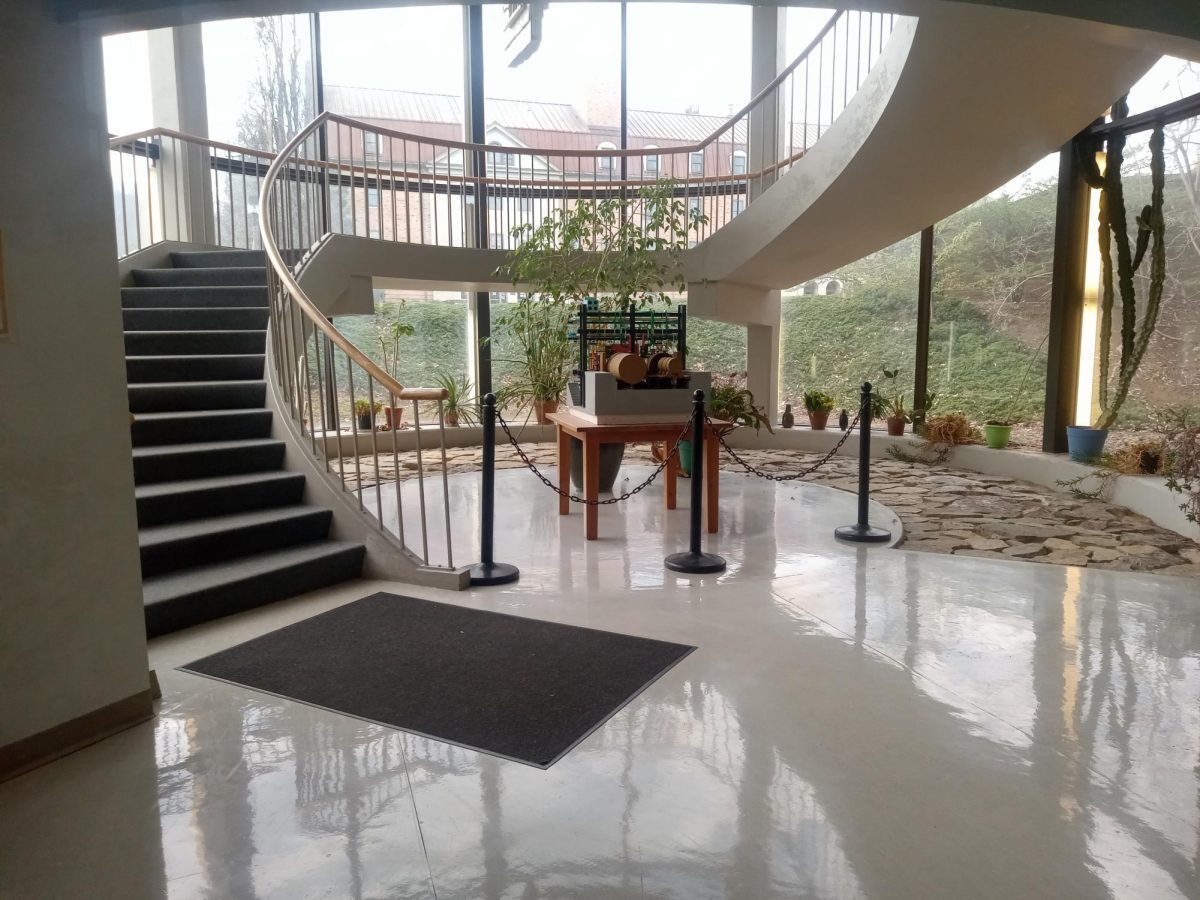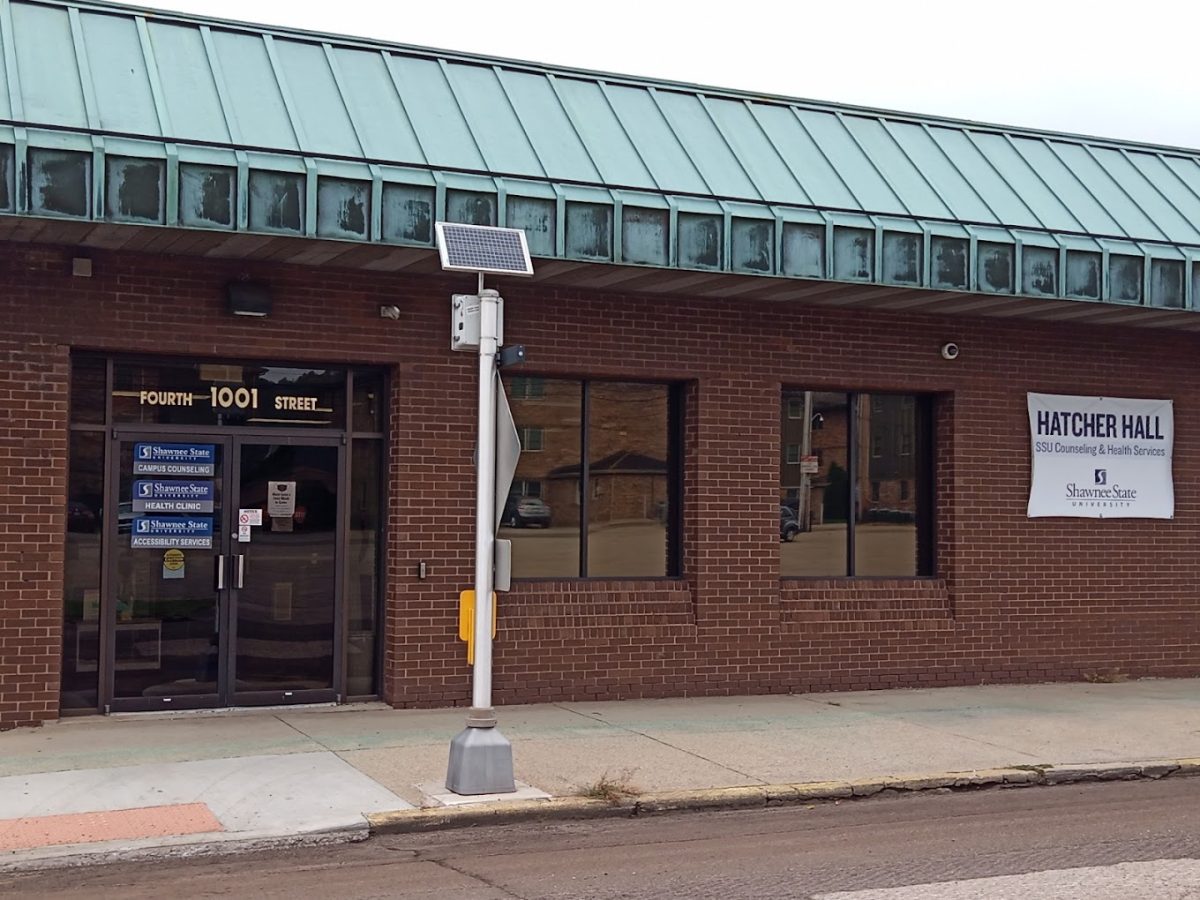Caroline Timmons came into Scioto County via the Ohio River on a chilly night. Today, we would bundle up, get into a car and drive across the river. As a runaway slave from Greenup, Kentucky, Caroline didn’t have that choice. Instead, she was plunged into the icy water.
Whether she crossed over into Haverhill or Portsmouth is unclear. What is clear, though, is that there was a ferry involved. When she approached the ferryman, a slavehunter appeared. She slipped into the water and held onto the ferry as it made its way to Ohio, her baby with her.
The ferryman then took her to a safehouse. She is believed to have made it to a Quaker settlement where she spent the rest of her life.
If this sounds familiar, you might be thinking of Uncle Tom’s Cabin by Harriet Beecher Stowe.
One of the characters, Eliza, made her treacherous journey across the Ohio River as well. Jumping from one piece of ice to another to avoid hunters, babe strapped to her back, she made it to Ripley where she received assistance from John Rankin.
Although Caroline had made it, her story did not end up as sweet as Eliza’s. Instead, she had to leave behind her baby, who had died shortly after crossing the Ohio River.
Have you heard of Caroline’s story?
Whether you’re from Scioto County or not, you most likely haven’t.
At Shawnee State University, the Center for Public History is trying to change that.
Located in room 123 of the Clark Memorial Library, the Center currently has possession of former Ohio House Speaker Vern Riffe’s collection of documents, Billy Graham’s photograph collection and Portsmouth’s historic newspaper collection.
Director Andrew Feight of the Center for Public History, AmeriCorps member Wesley VanderWeg and student outreach specialist Keeton Brown sat down to discuss their experiences so far in the federally funded initiative at the Center.
Starting with the digital history lab back in 2004, Feight received the Catalyst Grant from the Ohio Board of Regents. Today, multiple grants and projects later, the Appalachian Regional Commission Grant has allowed the Appalachian Freedom Heritage Tourism Initiative for the Tri-State Region to employ nine outreach specialists. They will work to conduct research to identify and mark 27 locations connected to the Underground Railroad as part of a National Park Service program.
After coming to Portsmouth in 2001, Feight began to understand just how rich the area was in Underground Railroad activity.
Likewise, VanderWeg, who is from Marshall, Michigan, was surprised by the amount of history the city holds.
“It’s honestly a lot,” VanderWeg said. “We’re digging up a lot of information that previously was either forgotten … or just not looked into. Their stories are important and need to be told and preserved and understood.”
With this information, though, comes the struggles of the lack of historical record.
Take Caroline’s story, for example.
What is known of her story comes from her obituary.
But where in Scioto County did she arrive?
Who aided her afterward?
When did all of this happen?
The truth is: We simply do not know and may never know.
But perhaps what we do know of local conductors and freedom seekers can become known to more Portsmouth residents.
Brown, a history major who has spent a majority of his life in Portsmouth, stated that he first learned about some of this local history in 11th grade at Clay High School. Since it wasn’t a part of the state curriculum, his history teacher shared some of the knowledge he had about the local area with his class even though it had nothing to do with what the students would be tested on.
“I want kids to learn a lot more about it in school,” Brown said. “I wish that it was something that is set in the curriculum in Ohio. [Teachers] don’t really have that freedom to teach what they want to or what they’re passionate about.”
One of the personal passions that Brown found while working as an outreach specialist, was the story of Jane, who not only passed through Portsmouth but also got her happy ending.
As an orphan from Georgia, Jane, a teenager, began her journey to freedom aboard the steamboat Diana. Her owners and their baby boarded the ship in Wheeling, which is now West Virginia. The steamboat was making its way from Pittsburgh to Cincinnati.
Thomas Brown, an abolitionist, was on board and heard of Jane’s presence. With the help of the stewardess and others on the steamboat, Jane was taken to some of Thomas’ trusted friends, who then took her to safety in Portsmouth.
Months later, Thomas found out that Jane was well on her way to Canada merely hours after she arrived in Portsmouth.
Years down the line, Thomas moved his family from Pittsburgh to Ontario. There, he happened upon Jane, who was living well and had gotten married.
Some years later, Jane was there for Thomas when his house burned down and the fire took the life of his daughter. Thomas described Jane as “true and faithful.”
Luckily, the historical record was not lacking when it came to Jane’s story. Thomas Brown wrote a book, describing Jane’s story and how their lives had intertwined at different points.
There are more stories like Jane’s happy ending and Caroline’s tragic journey that have yet to be discovered.
With the current grant, the areas within Portsmouth that will be reported to the National Park Service to be marked will be: Allen Chapel, Pleasant Green Baptist, Patties and Pints, the riverfront and Oddfellows.
Markers for the first two sites will identify a larger portion of conductors, mentioning John J. Minor, his wife Martha and John Quincy Weaver, all of whom were church members.
Oddfellows, the current name for what used to be a feed store, was operated by brothers-in-law Milton Kennedy and Joseph Ashton. The two were abolitionists who helped freedom seekers.
Recently, research has come forward indicating Kennedy was involved in helping around 55 freedom seekers find safety during the Civil War.
By the end of the war in 1865, James Ashley came to be the legislative author of the 13th Amendment. Living in what used to be known as Houston’s Corner, Ashley’s story will be nominated to be told in a historical marker located at present-day Patties and Pints.
Community members who wish to help with the preservation of Underground Railroad sites can support public programs such as museums. Donations and visits to these institutions that are engaged in preserving the history are important.
For some of the stories that have been mentioned and more, visit Scioto Historical for a plethora of information about Portsmouth and the surrounding area.
